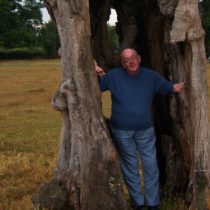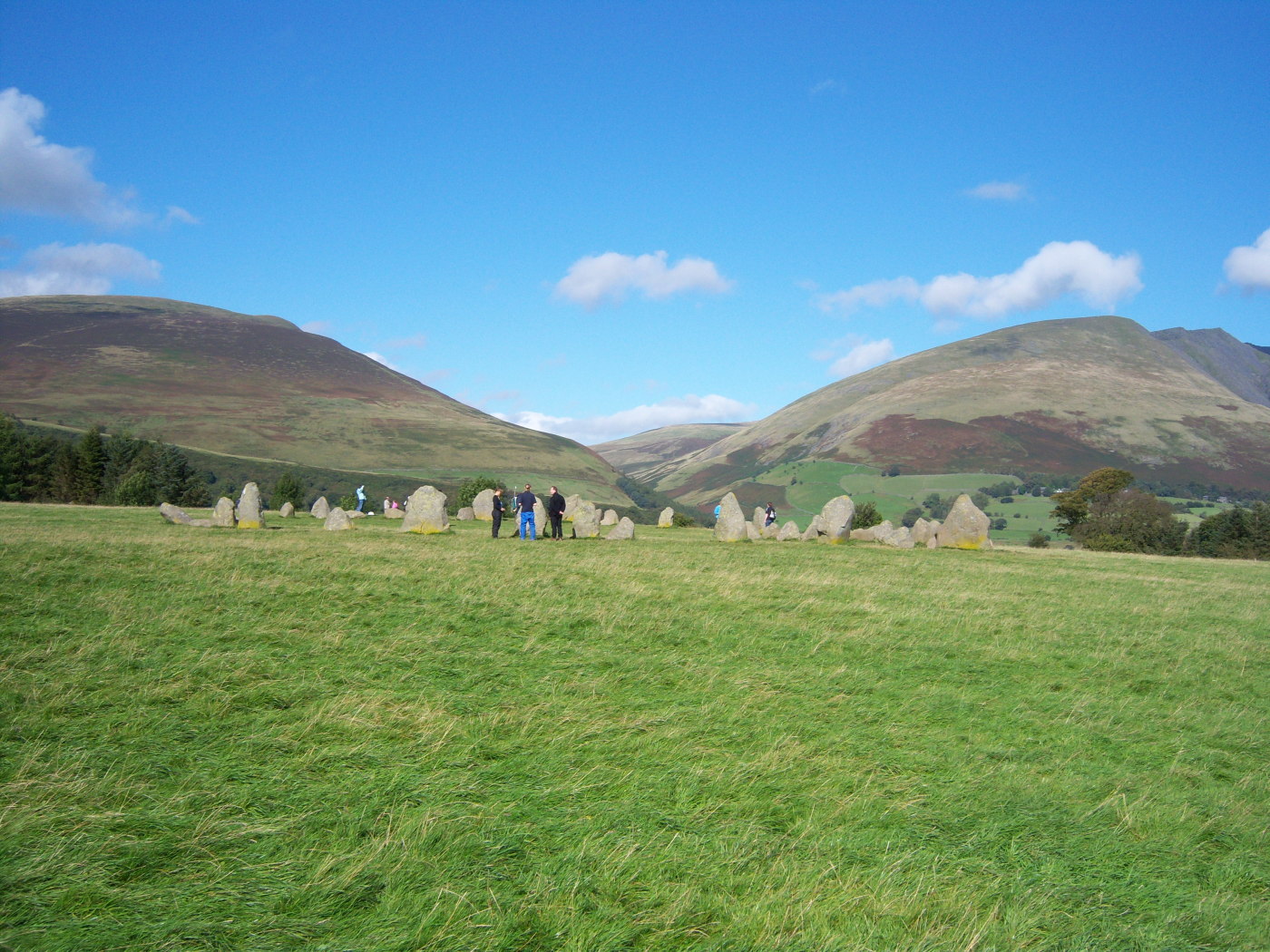Landscape Architecture for Landscape Architects › Forums › GENERAL DISCUSSION › Defining Landscape Architecture
- This topic has 1 reply, 2 voices, and was last updated 17 years, 6 months ago by
 Les Ballard.
Les Ballard.
-
AuthorPosts
-
July 1, 2008 at 1:08 pm #177423
 Eric GalvinParticipant
Eric GalvinParticipantHow do we proceed as a profession on clearly defining our role in the process of land development and getting the word out to the public at large? One thing that has been true throughout the course of our profession is that other people have trouble defining what we do. In the early days, when our profession was somewhat more restricted in its activities, it might have been easier, but now that we have such a wide range of responsibilities, i think it has become more difficult to easily define what we do.The Public seems to have no trouble defining a civil engineers role, but it gets a little more difficult to define when to hire or why to use a Landscape architect. I personally know very well why to use one, but how do we communicate that idea to the public? I want developers to come to LA’s and Land Planners to head there developments and to control the whole process; some would say thats what we are best at, organizing and getting the best results out of all the allied professionals. What are the campaigns that our organizations, such as asla, are involved in to spread the word? Are you involved in anything? On a simpler note, what do you tell your friends and family your job is all about? – ok, hope that questions wasn’t to broad and will make sense to some, im currently reading a lot about ASLA’s push for practice acts in all states, as well as, clearly defining our roles and responsibilities in the construction process and it just made me think about how well the other people involved know our role in these things. Thanks in advance for any comments –
July 4, 2008 at 1:40 pm #177424 Les BallardParticipant
Les BallardParticipant
It is how best to fit ideas into the present landscape, if possible improving it, while providing for every possible need that the human mind can conceive.
At a macro level it can be putting a sinuous curve into a concrete arch – with the help of the “arch” – itect – that reflects one planned for a haha, in an otherwise straight, flat garden, leading to a terrace and pool, to contain the living fish that will reflect the trade in dead ones that the owner conducts. On a wider front, it can be hiding huge, bleak, open fields from a modern shopping centre or housing estate itself planned with a warm, friendly, human scale in mind. On a practical basis the intervening bushes and trees will stop the insecticide and fertilizer used on the fields blowing over the customers parking their cars, provide a route for wildlife as well as a home, an escape from the bustle on warm days, in a tree-cooled and oxygenated environment, for customers/residents and a proven method of keeping people sane. Of course, if anyone sick can see the trees from where they are, or get wheeled amongst them on the wooden track provided, they will get better sooner too. Oh and the vendors nearby will sell more goods.
In short, the architect dreams up lumps and the LA arranges them nicely and usefully and tries to make sure the sewerage flows away, winds – even ones created by the lumps – are dealt with and floods avoided. Why, we can even have an eye to creating energy the lumps will need.
We can survive without buildings – and architects – but, while they exist, they need LAs as surely as a gem needs a good setting. (And, hopefully, the LAs will ask me to help come up with a few extras they havent thought of in my capacity as a Landscape Consultant.)
Luv n Lite,
Les Ballard
In the attached photo an architect about 5000 years ago found just the right site to put a stone circle. In each direction there is a pass through the hills to see the sun, moon and stars and their risings and settings and allow spirits to come and go. These days, unfortunately, we have less choice as to the site but a LA should be able to maximise use if the brief asks for it.
-
AuthorPosts
- You must be logged in to reply to this topic.


